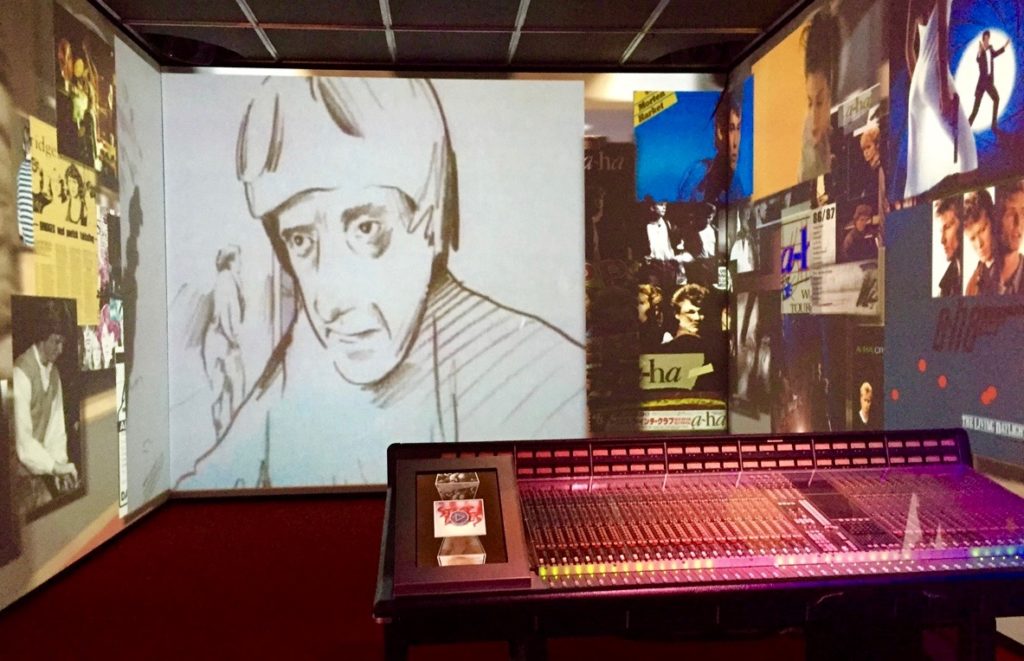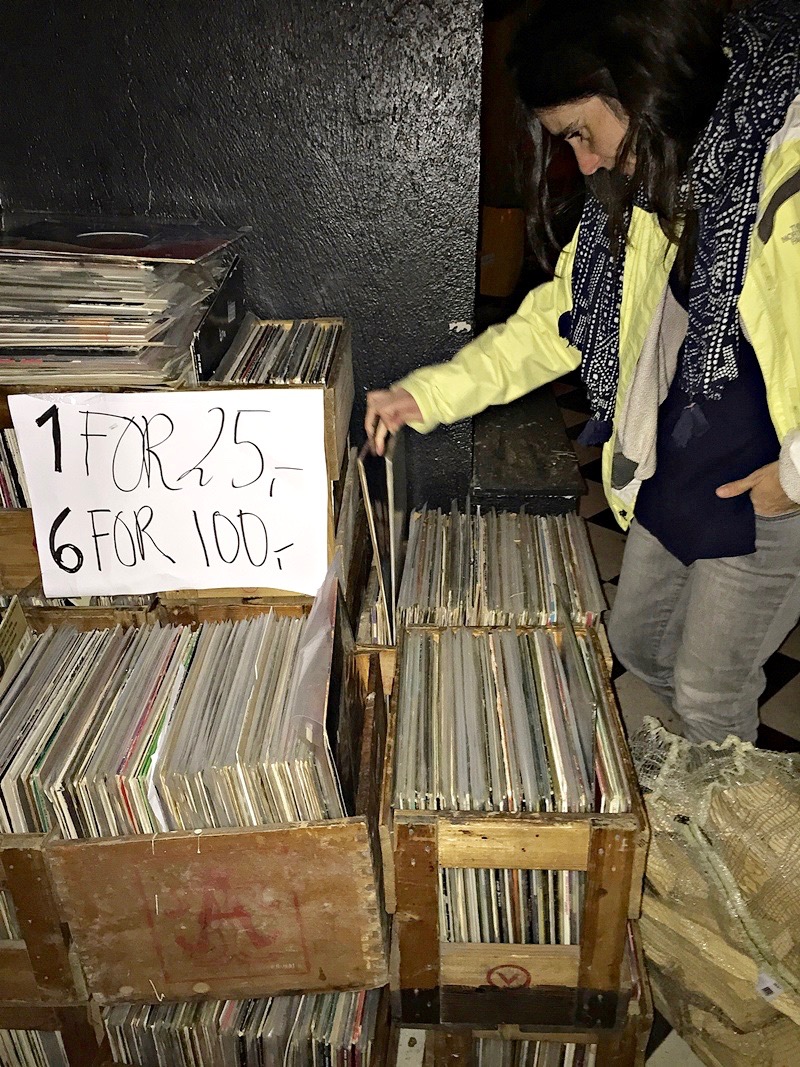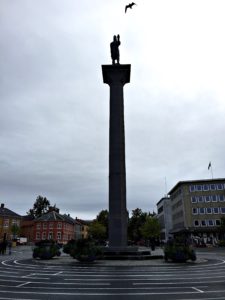 Northern lights. All photos by Tasha Goldberg.
Northern lights. All photos by Tasha Goldberg.
Music is many things…but elementally, music is a sonic result of how something feels. Recorded music stamps the impression of that feeling. The actual replay carves into the ether an exact description of tension, pressure and pace of the place where the sound was born. When the needle drops into the wax groove, and the scratch and glide go round for round, a palpable expression not only reflects a moment in time, it recreates it. The power of these sonic cues is an opportunity to bring together personal experience with shared experience, bridging an audible path between the listener and the creator, despite time and space. Marinating in the multidimensional spectrum of truth, we possibly come closer to a universal truth.
Art gives birth to ideas, it does not represent them. Art comes to life intuitively, devoid of preconceived reasons, because it is the reason itself and cannot be explained priori (beauty is absolute justice) --Constantin Brancusi.
From the current perch in the modern science fiction-like luxury of air travel, all we have to do is aim ourselves into a fantasy and fly there. As our senses sweep into far reaches, we loosen a grip of our own story and begin to blend into discovery of something new that we can be a part of, but is bigger than our own contribution. After we return home from our destinations, often the pulse of where we have been lingers, like skin browned by the sun. Each day marinated in "normal" dissipates further feelings of this freshness. Until…until the gems of collection come to light. Years can go by, and still when I pull from inside a sleeve of sound, I am returned to the beaches of Bahia, the syncopated rain rhythms in Mexico, or the chilly skies of Norway.
As I sat on a cold stone bench in a country I never dreamed of visiting, a crisp chill in the air pushed past my layers, and touched me. I was in Trondheim, Norway reporting on an international meeting on migratory birds, and I myself arrived courtesy of a massive metal bird made by science to emulate nature. Considering that Trondheim was never specifically featured on my bucket list of places to visit and my travel plans were made, maybe, a week in advance, my mind and heart were open. As I wandered through the village, I did not resist the gusts of winds that pulled and pushed me through markets, cafes, past docked boats and up to the mountains to taste tiny berries. Throughout my days in Trondheim, my attention was drawn to the sky, to contemplate migratory birds, take in the monuments, and to gaze into pools and portals of the cosmic Northern dancing lights. Slow and languid, I was beginning to feel the Norwegian rhythm. In art, there are no foreigners. --Matthew Gale
 Rockheim, Norway’s National Museum of Pop and Rock
Rockheim, Norway’s National Museum of Pop and Rock
Norway owns its appreciation of music. The city offers several opportunities to sample sound in either metal-rock record shops, local bars with a bins of used records for sale, or antique shops that have, sitting back in shelves, naked slabs of vinyl. In a grand gesture of respect of sound culture is the elaborate exhibition and experience of Rockheim, Norway’s National Museum of Pop and Rock. The four-story building contextualizes the journey of Norwegian music through influence, inspiration and time. As you pass through open sound booths, you can pull tracks that signal video projections onto three walls, centering yourself inside the content. There are also opportunities to produce beats or join in life-size lessons with real-life guitar heroes. For someone like myself, who was mostly hip to Norwegian music by the way of MTV exposure to the band a-ha's "Take On Me"










